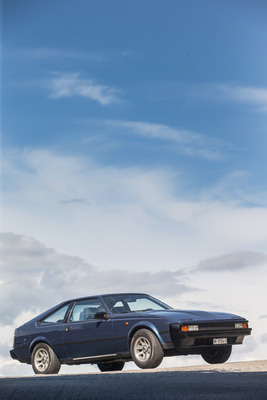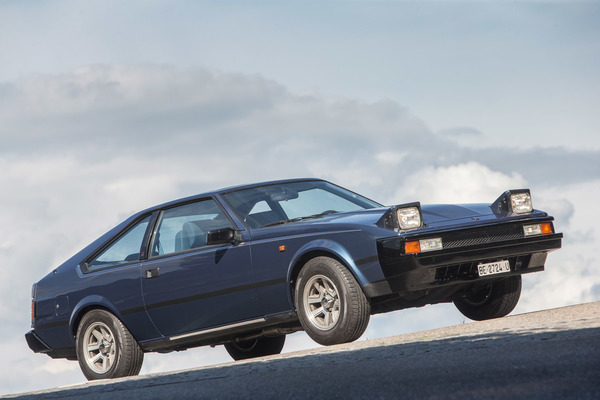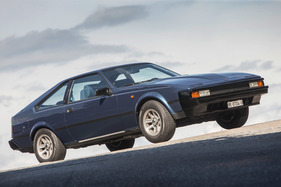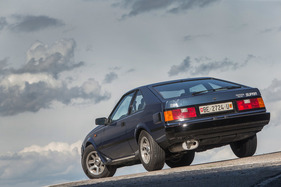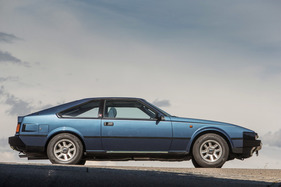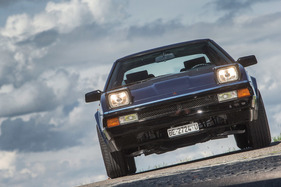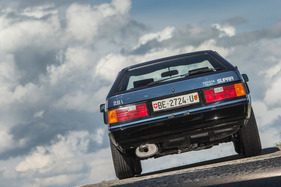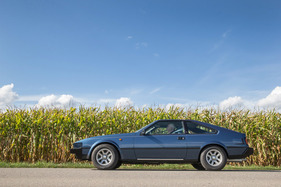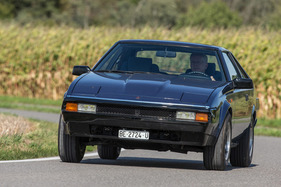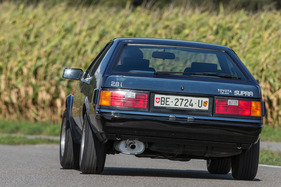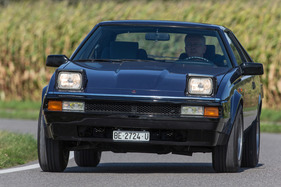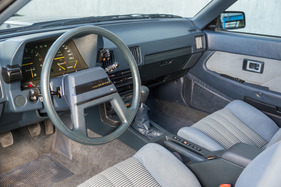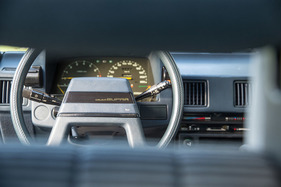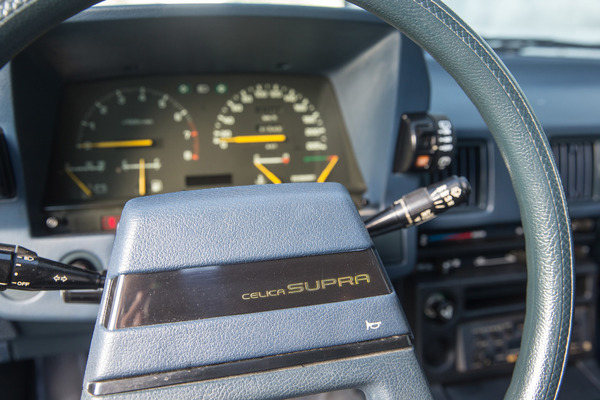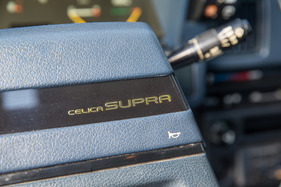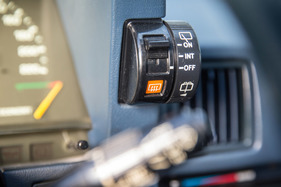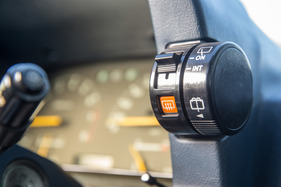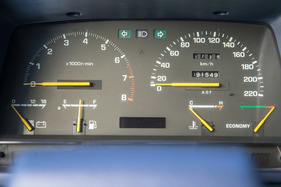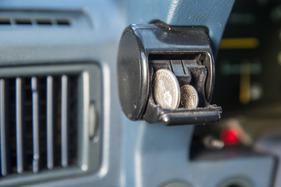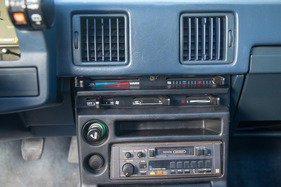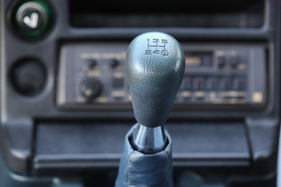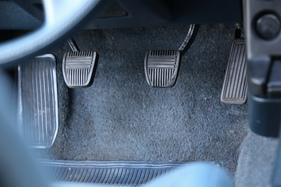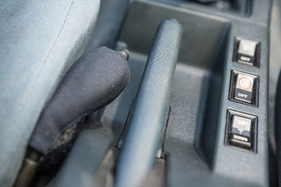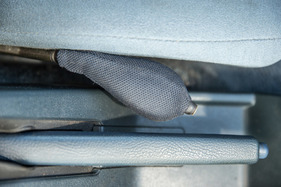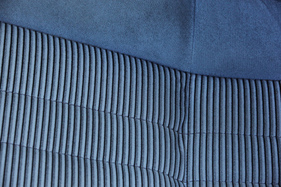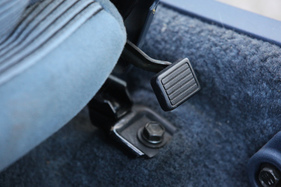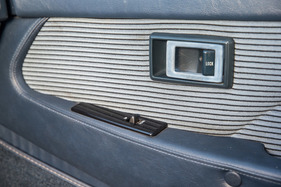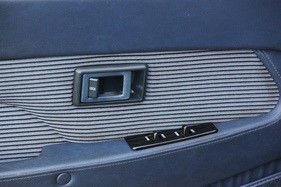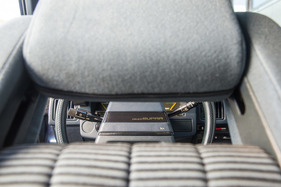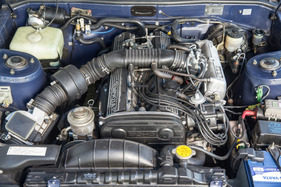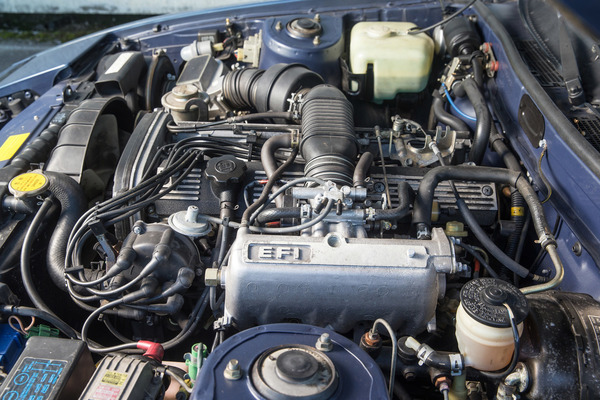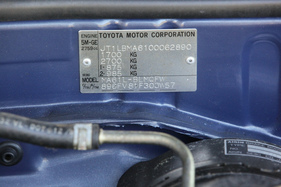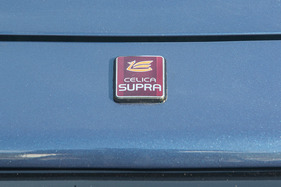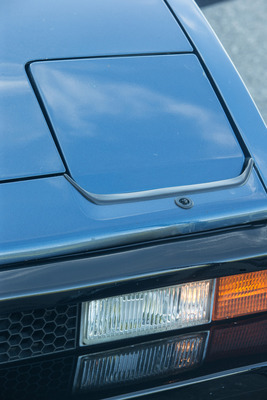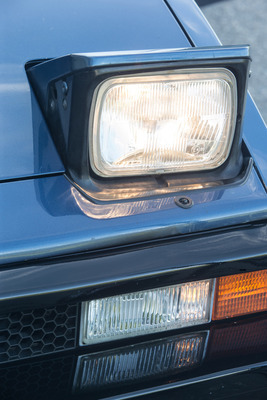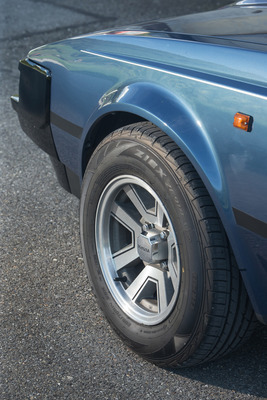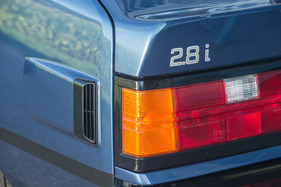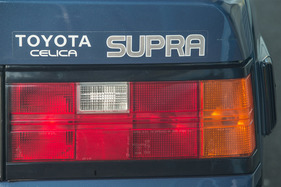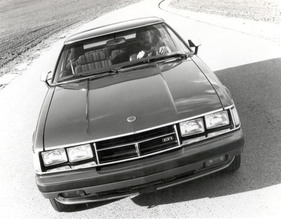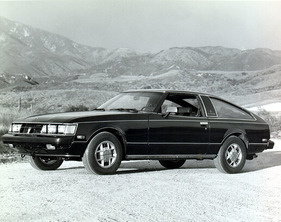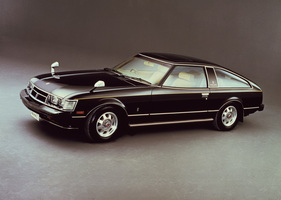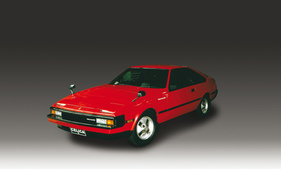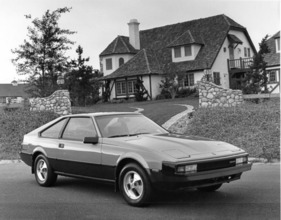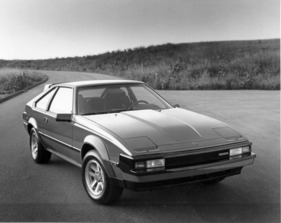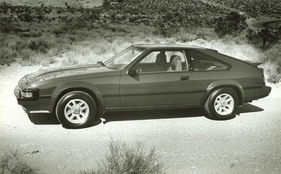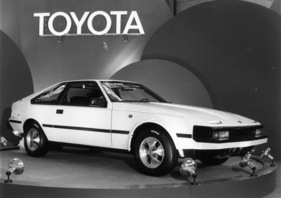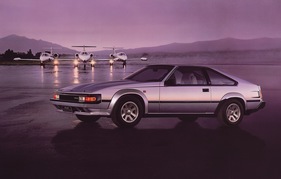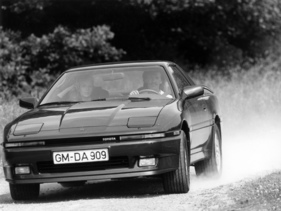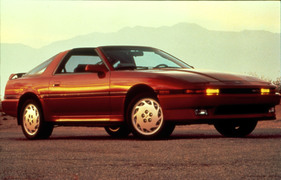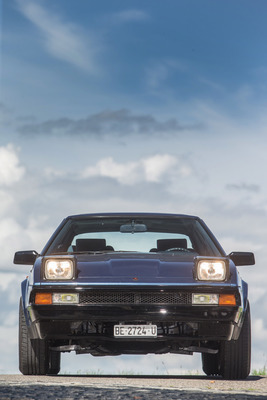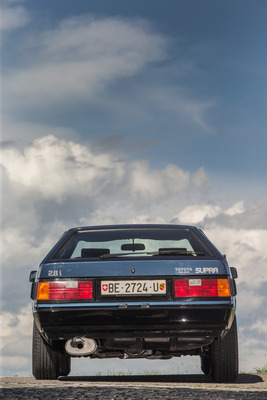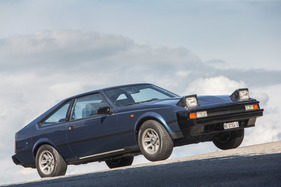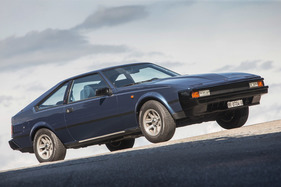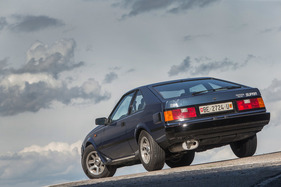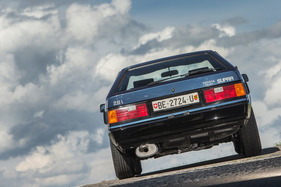Toyota Celica Supra 2.8i - Nippon-Granturismo suitable for everyday use
Summary
Toyota did not want to leave the field to Datsun, successful with the 240/260 Z models, and launched a rival coupé with the Toyota Celica XX, known abroad as the Celica Supra from 1979. The second edition appeared in 1981, which now differed more clearly from the four-cylinder Celica and attracted many sports coupé buyers to Toyota thanks to its elegant design, low price and generous equipment. This driving report is about a Toyota Celica Supra 2.8i from 1983 and shows it in current and historical pictures.
This article contains the following chapters
- First version not for Europe
- More distance to the four-cylinder
- Refined technology
- Competitor to the GTV6, Starion and Monza
- Not as good as the Porsche 944?
- Successful model
- Successful in racing too
- Pleasant tourer
- The last Celica Supra
- Further information
Estimated reading time: 8min
Preview (beginning of the article)
Toyota did not want to leave the field to Datsun, successful with the 240/260 Z models, and launched the Toyota Celica XX, known abroad as the Celica Supra from 1979. With the Supra, Toyota expanded the rear-wheel drive Celica series of the second generation. With an extended wheelbase, larger front end and longitudinally mounted in-line six-cylinder engine, the aim was to appeal to Z buyers, but of course also to buyers of coupés from other manufacturers. The first Supra version, built from 1978 to 1981, was not officially launched in Europe. At the IAA in Frankfurt in September 1981, Europeans were able to see for the first time how Toyota differentiated the Supra more strongly from the Celica model (the third generation). In fact, the coupé now looked much more independent, which was mainly due to the smoothed front end with folding headlights.
Continue reading this article for free?
Photos of this article


